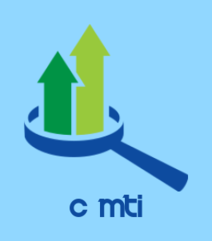Table of contents
- Introduction
- History of Korean Language
- Structure of the Korean Language
- Korean Dialects
- Learning the Korean Language
- Conclusion
Introduction
Korea is a country situated in East Asia with a long and rich history and culture. Koreans have their own language, distinct from other languages in the region. This language has been spoken by Koreans for centuries, and is an important part of the country’s culture and identity. In this blog post, we will explore the history, structure, and dialects of the Korean language, as well as how to learn it.
History of Korean Language
The Korean language is part of the Ural-Altaic language family, which includes languages such as Turkish, Mongolian, and Japanese. It is believed to have originated in the Korean Peninsula more than 2,000 years ago. Through the centuries, it has evolved and changed as its speakers interacted with other cultures and languages. For example, many Chinese words have been adopted into the Korean language, and vice versa.
During the period of Japanese colonization from 1910 to 1945, the Korean language was suppressed and discouraged from use, and Japanese was heavily used in official documents and education. After Korea’s liberation, the Korean language was promoted and encouraged as part of a national identity.
Structure of the Korean Language
The Korean language is written using the Hangul script, which was developed by King Sejong the Great in the 15th century. This script is composed of 24 characters, which are grouped into syllables that can be combined to form words. The Korean language also uses many Chinese characters called Hanja.
Korean is a language of syllables, which are formed by combining consonants and vowels. The language has 10 basic vowel sounds and 19 basic consonant sounds. There are also clusters of consonants, such as ㄲㄹ and ㅃㅉ, which are two to three consonants combined together.
Korean Dialects
The Korean language is spoken in two main dialects: Seoul dialect and Gyeongsang dialect. The Seoul dialect is the standard dialect used in education and media, and is spoken in the Seoul metropolitan area. The Gyeongsang dialect is spoken in the southeastern provinces of Korea. There are also many regional dialects, which vary in pronunciation and vocabulary.
Learning the Korean Language
Learning the Korean language can be a rewarding experience, as it can open up a new world of culture and communication. There are many resources available for those who wish to learn the language, such as books, websites, and apps. There are also language schools and classes available in many cities around the world.
Conclusion
Korean is a unique language with a long and rich history. It is composed of syllables, which are formed by combining consonants and vowels. There are two main dialects of the language, as well as many regional dialects. There are many resources available for those who wish to learn the Korean language, and it can be a rewarding experience.

